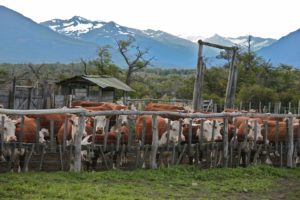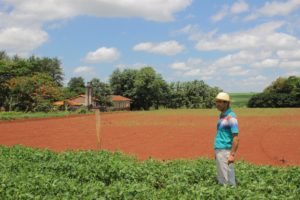Forestry has become an increasingly important issue in South Asia, with the new Pakistani government touting the success of its “billion tree tsunami” in Khyber Pakhtunkhwa as a model for a “ten billion tree tsunami”. India passed a Forests Rights Act in 2006, which has seen ups and downs. Nor is this a South Asia only concern, with countries like China and South Korea having also embarked on the effort in the recent past. One strong issue that have bedevilled much of these processes is the role of those that have traditionally lived in the forested areas.
There has been a strong argument that local communities need to be more closely involved in forest management for these efforts to be successful.
See: Forest dwellers are the best protectors of the environment
This argument received a strong boost in a recent report by the Climate Lands Ambition and Rights Alliance (CLARA). It argues that since local communities, including indigenous peoples, control much of the world’s forests, giving them legal rights to it will dramatically increase their interest in protecting these forests. That will be the best way to pull carbon dioxide out of the air and control global warming.
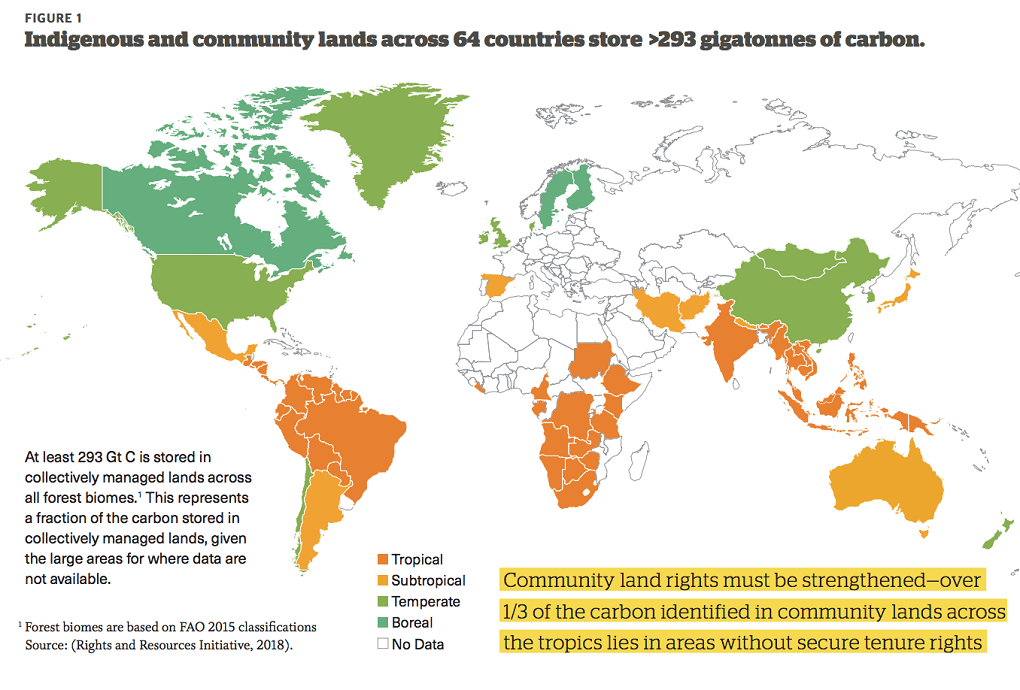
In October 2018, the Intergovernmental Panel on Climate Change (IPCC) published a special report on the importance of keeping average global temperature rise within 1.5 degrees Celsius from preindustrial days. IPCC experts worked out how the world could do that, but pointed out that this would require unprecedented changes in the global economy and would be very costly indeed.
See: 1.5 degree ambition demands radical change, UN warns
CLARA, an alliance of advocates, faith-based organisation and scientists, has now come up with an alternate set of solutions that it says will cost far less and will not require potentially risky mitigation measures, like carbon capture and storage. The new set of solutions, including land rights to local communities, was presented at the December 2-14 UN climate summit in Katowice, Poland.
Pointing out that around half the world’s lands are under customary land use claims rather than individual property rights, a CLARA spokesperson said legalising community ownership of such lands would lead to protection of forests that would then act as carbon sinks while also protecting biodiversity and food security for millions. Currently, only around 10% of the world’s lands are legally under community ownership.
Avoiding further loss and degradation of primary forests must be the first priority in combating the climate and biodiversity crises, CLARA said. For example, restoring peat lands and preventing further burning and draining of peat (now done mostly to grow oil palms) would avoid around 1.9 gigatonnes of carbon emissions per year.
Setting aside 600 million hectares of degraded natural forests (about a quarter of the total) will be a first step, say the scientists. That should be followed by restoration and protection of these forests. “Natural or assisted regeneration of native forests is the most effective intervention from climate and biodiversity perspectives,” said CLARA.
Transforming agriculture
In areas where agroforestry is possible, the introduction of perennial species, orchard crops, and other mixed-use systems can also lead to large per-acre increases in carbon stocks, the scientists point out. Meat and dairy production should be integrated at the landscape level, they suggested, and should promote increased agro-biological diversity of cropping and livestock systems.
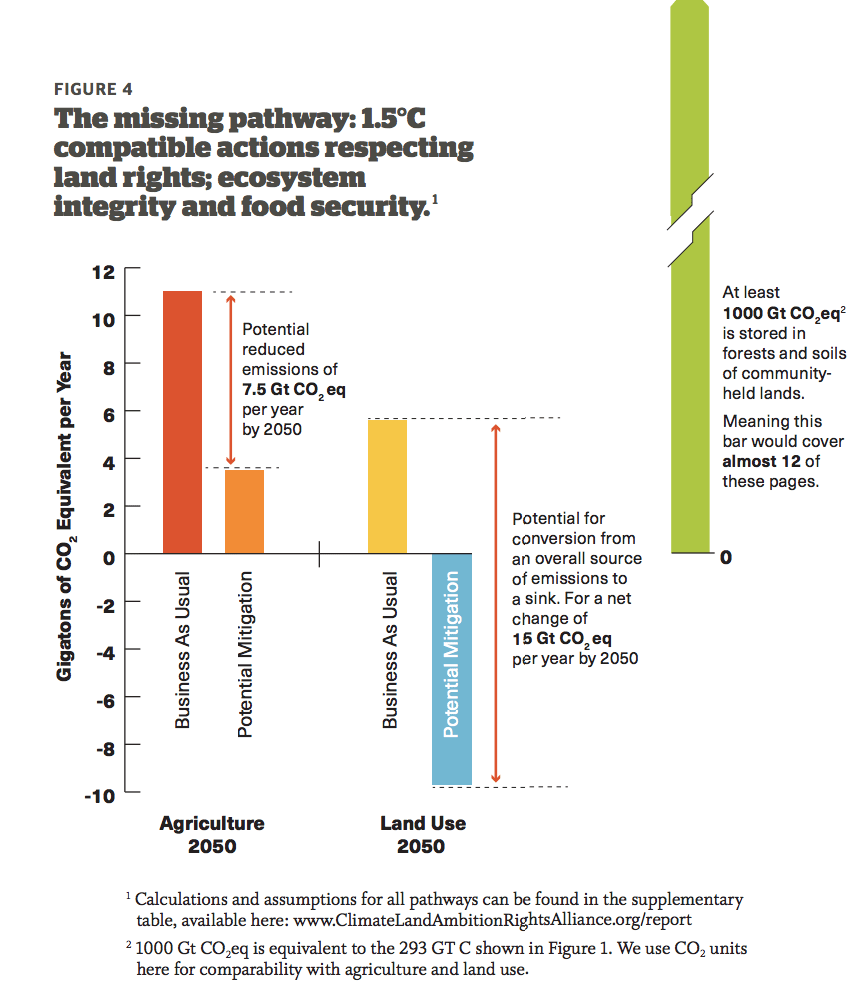
Assisting smallholder farmers to adapt to climate change is the most urgent priority that addresses both food security and leads to a transformative pathway for agriculture. “Other mitigation gains in agriculture can also come on the demand side through food system and diet change,” CLARA said. The scientists have also stressed the need to reduce the use of nitrogen in food production, because use of this fertiliser sometimes leads to greenhouse gas emission fluxes.
CLARA said changing the way meat and dairy are produced and consumed provides a large mitigation opportunity. Limiting feed production and relying on natural grasslands and food waste to feed livestock also means reducing the total number of livestock, and thus the amount of meat and dairy products consumed. These changes could reduce emissions by 4.5 gigatonnes of carbon per year.
Transforming agriculture and adding agroforestry can reduce farming emissions from 11 gigatonnes of carbon per year now to 3.5 gigatonnes by 2050, the scientists calculated.
![<p>Community ownership of forests can help combat climate change [image of India’s Western Ghats by: Bishnu Sarangi]</p>](https://dialogue.earth/content/uploads/2018/12/Western-Ghats-by-Bishnu-Sarangi.jpg)

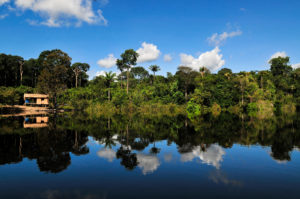
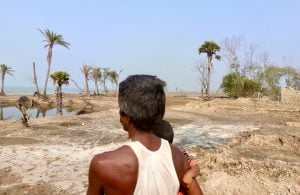

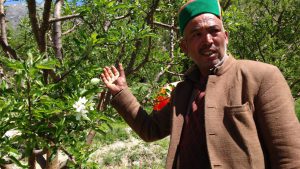

![Hilsa fish at a market in Barisal, Bangladesh [image by Finn Thilsted]](https://dialogue.earth/content/uploads/2016/04/Hilsa-fish-bangladesh-pic-300x199.jpg)
